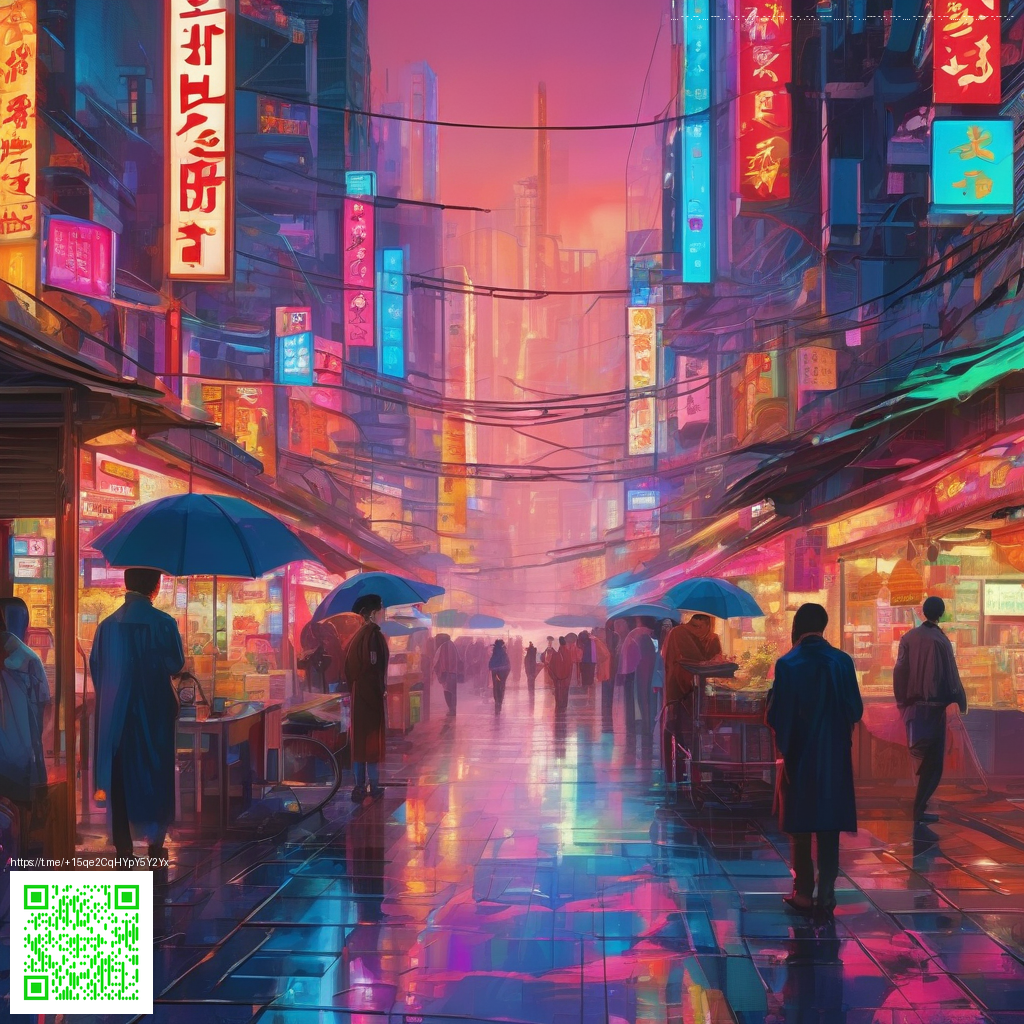
Ride Design Debrief From Planet Coaster Developers
When a studio like Frontier Developments sits down to pull back the curtain on their sandbox coaster sim fans lean in with a mix of curiosity and nostalgia. The latest dev interview highlights reveal a clear through line that the team follows when building rides that feel both believable and exhilarating. The focus is not only on the grand spectacle but on the tiny decisions that shape a ride s rhythm from the first click to the last moment of gravity defiance. In this piece we distill those insights, connect them to in game systems, and explore how the community translates them into their own creations 🎮
Foundations of ride design
The team emphasizes that a great coaster starts with intent before the first piece of track goes down. They discuss how the designer chooses a theme and a flow that guides rider expectations. They mention balancing speed with safety, and how the physics engine acts as a constraint that prompts clever routing rather than plain spectacle. Players who watch the editor closely will notice that the curve radii, supports, and block sections are crafted to deliver a smooth experience even at high adrenaline moments.
- Intent drives layout from the first pencil sketch to the final spline
- Physics constraints push designers toward clever reuse of components
- Smoothness at speed remains the north star for immersive rides
From idea to blueprint
A common theme in the interview is the translation from an idea sketch to a 3D blueprint. The developers describe using modular components to test pacing quickly, then iterating with tweaks to chain lifts and drop angles to reach a desired sensation in seats across different ride models. The message is that good rides are built brick by brick with attention to how each element interacts with the others.
Designers highlight rapid prototyping as a crucial tool in the editor. By swapping modules and reshaping track segments on the fly, they can gauge thrill arcs without committing to a full build. This approach lets creators experiment with inversions, rollbacks, and banking precision while staying rooted in the story their coaster tells.
We aim for each ride to feel handcrafted and personal, not just a rapid sequence of tracks
Community insights and workshop culture
Planet Coaster thrives on user created content and a generous modding scene. The interview underscores how the team listens to feedback from blueprint sharers and enthusiasts who push the editor beyond its current boundaries. The result is a living feedback loop where community experiments become official refinements in later updates. Expect expanded ride components, new scenery options, and deeper editor tools that invite more players to contribute their visions 🎨🧭
Update coverage and what players can expect
In terms of updates the devs outline ongoing improvements to the ride editor physics fidelity and map generation tools. Players can anticipate more granular tuning options that let creators adjust gravitational vectors tilt and track balancing. The conversation also covers performance optimizations that reduce memory footprint on sprawling parks, enabling ambitious projects to run smoothly on mid range PCs. It is a forward looking stance that favors steady iteration over sweeping overhauls
Developer commentary on design challenges
Designing for variety remains a central challenge. The team explains that constraints are not roadblocks but invitations to reimagine how tools work. They discuss balancing the thrill of a steep drop with the comfort of a gentle ride and how scenery and environment amplify the core sensations without overwhelming the track layout. In short the interview paints a picture of a studio that treats ride design as a living craft that evolves with its community 🧠
For players chasing a deeper understanding of how ideas become rides the interview serves as a blueprint. It highlights listening to the community as a form of iterative design and shows how small changes ripple into large experiences. The takeaway is a celebration of craft the kind you feel in the wind as you crest a cresting hill or lean into a corkscrew.
Interested fans can bring a touch of the studio mindset to their own setups with gear that keeps long sessions comfy and productive. The recommended accessory in this feature offers ergonomic support to help creators sketch, test, and refine without fatigue. A thoughtful addition for anyone who spends hours building large parks or fine tuning dense layouts.
Foot-shaped Mouse Pad with Wrist Rest Ergonomic Memory Foam